Are you a beginner with boa constrictors? If so, this is the article for you! We provide a complete guide on caring for these awesome creatures. Find out how to set up their enclosure, what they need in there, and more. You’ll also learn about feeding them and their general needs. Scroll down to read our ultimate guide!
Boa Constrictors Pet Care Guide for Beginners
Boa constrictors are popular pets, and they make great ones for beginners. They’re not finicky about their food or the size of the cage they live in. In fact boas will usually be happy to eat any type of rodent from a mouse up to an adult rat. A large water bowl should always be kept in your snake’s enclosure though this is more important during shedding times when it needs to drink more frequently than usual. The rest of the time you can just use a smaller fresh dish every day that you change daily so any traces of feces left behind by previous feeders doesn’t foul the water supply for future meals.
Boa constrictors are also great at adapting to life in captivity. They don’t need a huge enclosure and you won’t need to take them out of their tank for exercise like some other reptiles do, although it’s still very important that they have plenty of things to climb on so they stay healthy both physically and mentally. Lighting is not required but if you want your snake to come out when it senses movement nearby then having a heat lamp over the top will help with this though remember to switch off during feeding time as boas can be spooked by any bright or sudden movements around them which may lead them into defensive strikes against what they perceive as a threat even if its just you going about your daily routine. There should always be at least two hides in the cage, one on the warm side and another on the cool side to help regulate body temperature.
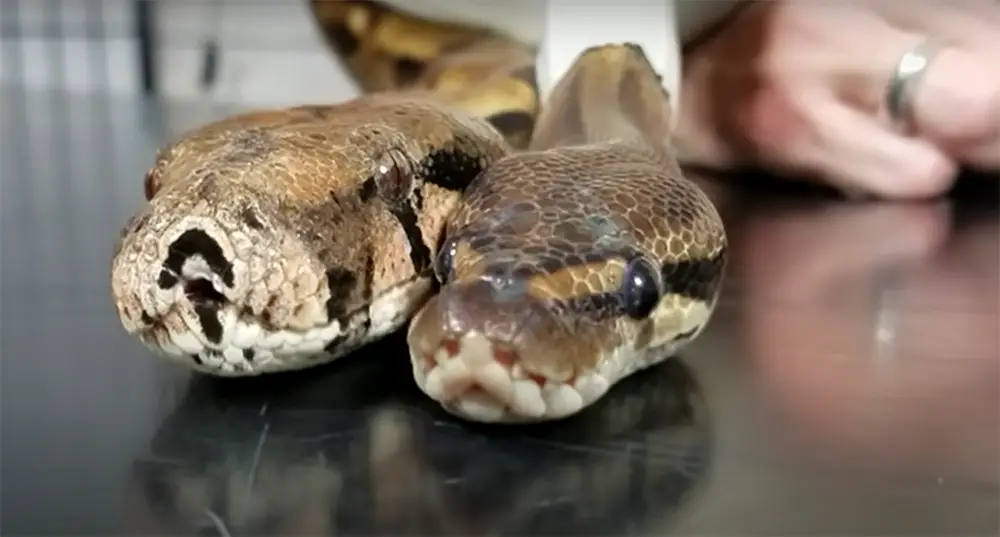
What Types of Boa Constrictor Exist?
There are some different boa constrictor breeds, and each has a unique look. The most common of the breed is called “red-tailed” which can vary in color from dark brown to pale yellow blotches with red coloring around its tail area. Other types include:
- Albino – The albino boa constrictor is a rare breed that has pale yellow coloring.
- Axanthic – This type features dark brown, black and gray coloration with an orange-colored under the belly.
- Ghost – White blushing on the head and face along with dull colors running down its back make up this unique looking boa constrictor breed.
- Hypomelanistic – The hypo boa constrictor is a rare breed that has faint brown blotches and streaks.
- Jungle – This brightly colored red, yellow and orange snake can be extremely beautiful to look at in the wild. However, this vivid coloring means that it needs extra care when kept as a pet in captivity.
Are Boa Constrictors Dangerous As Pets?
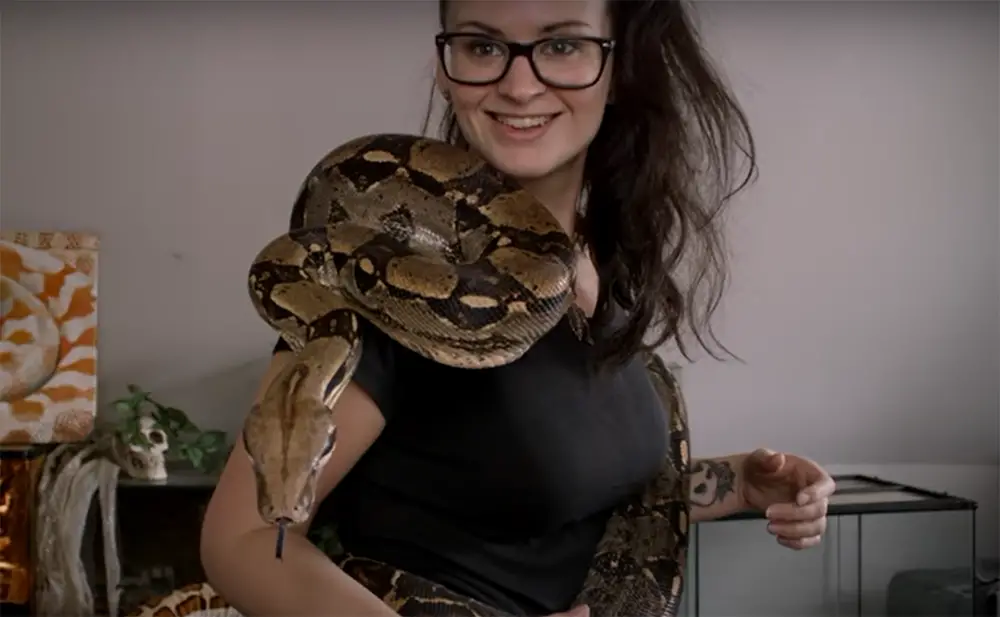
Boa constrictors are not inherently dangerous to humans, but they can bite if threatened. They should never be handled without close supervision by an experienced animal handler. A wild-caught boa is often very defensive and will defend itself against any perceived threat. It might also mistake a sleeping human for its prey (for example small rodents like hamsters or guinea pigs) and attack them in their sleep. Boas that were bred in captivity do tend to be less aggressive than wild caught specimens though.
In case you’re thinking about getting a boa constrictor as a pet I’d recommend you consider whether the animal fits in your household beforehand . Boas are not good pets for people living in flats or apartments, since larger specimens require rather spacious terrariums and an owner with enough time on their hands to care for them adequately. They also need plenty of exercise outside their cages, so it’s harder keeping one if you have no garden at home. In my opinion only very experienced reptile keepers should attempt owning this type of snake because it requires certain skills that don’t come naturally – they’re definitely not easy-going animals! If anything is unclear just leave a comment and I’ll try to answer your questions!
Boa Constrictor Temperament
Boa constrictors are naturally shy animals which do not favor being held for long periods of time. They may be aggressive if they feel threatened, so it is essential to handle them with care and respect in order to prevent injuries or even death. It takes between two weeks and three months before a boa constrictor becomes used to their owners but this can vary depending on the individual snake’s character traits. Boas have been known to attack when provoked by touching sensitive areas such as around their mouth, nose or eyes
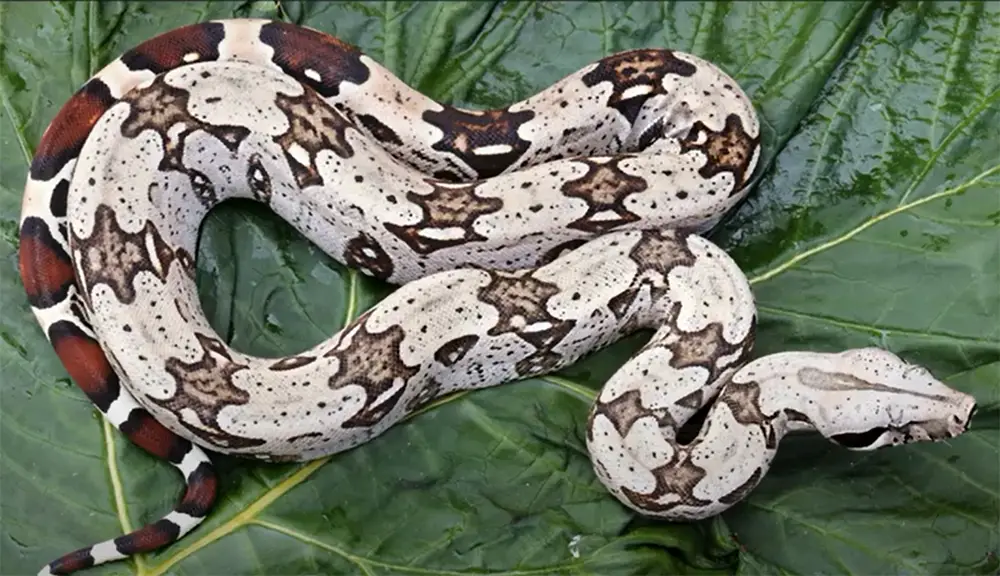
Rough handling will also cause your pet stress which makes healthy boa constrictor food more difficult to come by . If you are afraid that your boa is going through withdrawal symptoms due to not having any food in the last 24 hours, you can offer it one of its favorite treats such as a small rat. This should be done only once every other day to prevent your pet from becoming obese or suffering health problems due to overeating.
Boas are popular pets because they do not grow very large and they have docile temperaments but this does mean that boa constrictors require different care than more aggressive snake breeds.
How Much Do Boa Constrictors Cost?
The price of a baby boa constrictor is somewhere between $100 and $200. The cost of an adult boa can range anywhere from $250 to more than $600, depending on the age, sex, coloration, breeder or dealer you are working with.
As far as finding out how much boas cost – there are many factors in play here: where the animal was acquired from, whether it’s an adult or baby animal, its age… There isn’t really a standard price list because all snakes have different values depending on their coloration, size… etc.. The best way to find out how much a boa constrictor costs is to check out the latest prices of animals that are available on the market.
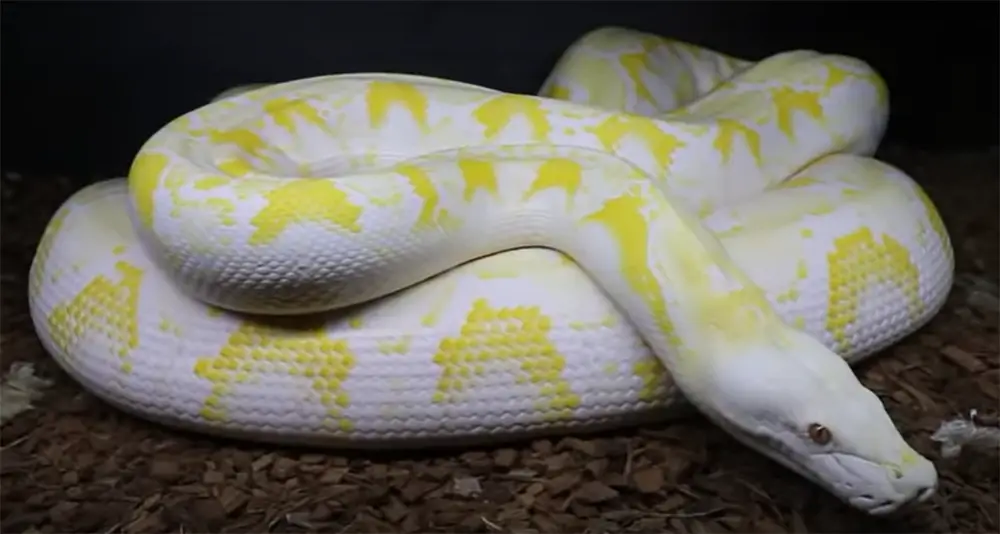
How to Set Up a Boa Constrictor Vivarium
Boa constrictors do well in vivariums that are at least 90 gallons. These snakes tend to grow up to six feet, so make sure the enclosure is long enough for them as they get older. You can use a glass tank or an acrylic one but avoid wood and other porous materials like cedar because it will cause respiratory problems for your boa. Make sure there are adequate hides throughout its habitat so it has plenty of places where it can feel secure after waking from hibernation or brumation periods. It’s important not only for their safety but also proper digestion which requires ideal humidity levels between 65-75%. The substrate should be about two inches deep since this snake likes to bur below ground when feeling secure. Ideal humidity levels can be achieved through a humidifier or even a landscaping fogger which adds moisture to the air while keeping it from feeling too wet for your boa constrictor.
If you live in a place with cold winter months, make sure there’s heat available by using either under the tank heating pads or cables that are embedded into substrate and then plugged into a thermostat. This will help them maintain their body temperature throughout hibernation periods so they stay healthy during this time of year when temperatures drop around most parts of North America. Keep in mind though that these snakes like warmer climates rather than extremely hot ones but do not use heat rocks because they pose serious fire risks as well as burning hazards for your pet.

Boa constrictors need to be misted with warm water every other day so that they can drink and also shed their skin easily. You should always check on them before doing this as well as lighting in the habitat since you don’t want your snake getting wet for too long or exposed to bright lights which can cause burns on its eyes and body. It’s best not to handle a boa until after it has eaten because these snakes will go into defensive mode if hungry, stressed out or threatened by something such as being grabbed from behind without warning. After feeding though, make sure there are no leftovers remaining within the enclosure; remember, this is a very powerful creature who could regurgitate any leftover prey items that are not completely digested.
Boa constrictors have very particular mating habits, requiring high humidity levels and temperatures to mate successfully. Females can lay up to 100 eggs by utilizing their muscular body in order for the male’s sperm cells to fertilize them during copulation itself. The gestation period is around six months but make sure your enclosure provides enough room for her as she becomes more restless near egg laying time which will be indicated through continuous digging behaviors among other things such as twitching of muscles on either side of her cloaca (the opening where the snake defecates). Once hatching occurs, remove any leftover shell fragments or substrate that may harm newborn boas; they usually require two years before being able to breed successfully.
Boa constrictors are known to be a solitary species but can sometimes live with other snakes if introduced at an early age and monitored constantly for any negative behaviors such as tail nipping or even cannibalism (which is rare). If you do wish to keep boa constrictors together, they must be of the same size and weight in order for them not to fight each other while establishing dominance over one another until both become used to sharing territory.
Tank Requirements
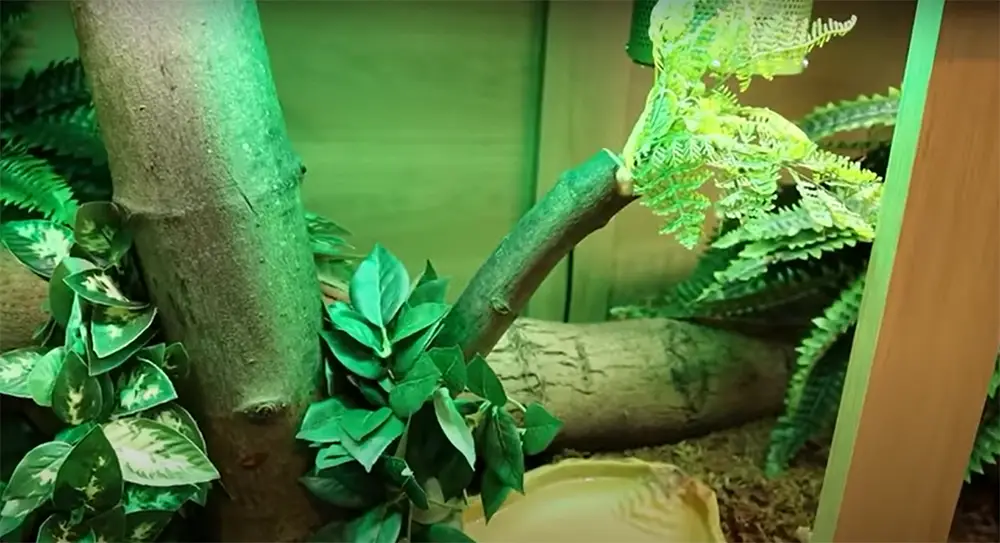
Boa constrictors are not picky about their tanks, but they do need a specific set of tank requirements for you to meet. They prefer something that is long and flat rather than tall because it’s easier for them to make themselves feel comfortable within the environment. The glass on most enclosures isn’t big enough either so while boas can climb some, don’t expect this animal to get out of its enclosure by itself even though it may be possible in theory since these animals have been known to escape from aquariums before! Because many people use glass terrariums with poor ventilation or ones that aren’t designed properly (used as vivariums), humidity will remain high enough inside any container there are no vents. In this case, one boa constrictor owner had to deal with a very large snake that was over 70lbs! It’s never been confirmed whether or not humidity played any part in the animal’s death but it certainly couldn’t have helped and you’ll want something much larger than what your average aquarium provides.
Heating and Lighting
Boa constrictors can handle a range of temperature, but it’s important to keep the cage in an area that is between 80 and 90 degrees Fahrenheit. Keep your boa near a heat source at all times so they don’t cool down too much during the night and day if possible. It also needs about 12 hours of light per day as well. If you have them housed on their own then just give them one or two hides with some paper towel sprinkled on top for substrate inside each one to make sure they remain warm enough throughout the year.
Water and Humidity
Accessories for Boa Constrictor
The following equipment is needed to take care of a boa constrictor: reptile tank, substrate and heating pad for underneath the tank. A hide box will also be necessary in order to allow your snake privacy when it feels like hiding. Make sure that there are no holes or gaps where your pet could escape from its enclosure into another room such as the kitchen or living area. If you live in an apartment then make sure that you can get permission from your landlord before acquiring one of these snakes because they require sufficient space to move around freely.”
Maintenance
You have to be prepared for a lot of work when you own a boa constrictor. They are large and heavy creatures, so they require special care. In the wild, they will spend most of their time hiding in burrows or rock crevices that keep them warm throughout the day while they sleep at night. When your snake is not exploring its home or eating, it wants to feel safe and secure inside of a hide box where it can curl up into a ball shape more easily than if left out on display all day long with nothing but right angles surrounding it on all sides! A heated water bowl should always be available as well because snakes drink from pools by sucking water right through them instead of drinking from an open source of water.
Feeding Boa Constrictors
Boa constrictors are carnivorous. This means that they only eat meat, like mice and rats. They don’t need to be fed every day but feeding them at least once a week is recommended. As boa constrictors get bigger you will have to feed them more often or increase the size of the prey (i.e., start feeding your pet rat instead of mouse). For adult snakes one large rodent per month should suffice while juveniles can go three weeks without any food before showing signs of malnutrition i.e., lack of weight gain or loss in appetite etc.. Boas also regurgitate their meal for up to 48 hours after being fed so it is best not to handle them during this time frame as it may cause them to regurgitate.
Frequently Asked Questions
Do Boa Constrictors Shed Their Skin?
Boa Constrictors shed their skin to provide new protection against the elements. The process of shedding is also known as ecdysis or molting, and it happens when snakes are given time off to rest (in captivity this means “brumation” during winter months). If you want your snake to molt successfully, be sure that his enclosure has a healthy temperature gradient. Also make sure he gets appropriate light exposure; if he doesn’t receive enough sunlight then artificial UV lighting will need to be provided instead.
How Big Do Boa Constrictors Get?
Boa constrictors are large snakes, with adults reaching an average length of about 50 inches. Males are typically smaller than females. They can live for 20-30 years in captivity if properly cared for. Though older boa constrictors may grow to be longer and heavier, they will not get any larger around the midsection – just taller! So while a big snake is impressive, it’s often better to choose one that’s more moderate in size so you don’t have to worry as much about providing space or food.
What’s a Healthy Weight for Boa Constrictors?
Boa constrictors are an animal that can grow up to eight feet in length, and they may weigh 20 pounds or more when fully grown. When a boa constrictor is overweight it will have difficulty moving around its cage because of the excess weight they carry on them throughout their life. If your pet snake’s body bulges out from being too large for its skin then you know it has gained some extra pounds over time. You want to prevent this from happening if possible so be sure not to feed your snake any longer than necessary at each feeding session as well as taking away uneaten food after 30 minutes.
How Long Do Boa Constrictors Live?
Boa constrictors can live between 20-30 years in the wild. However, they typically only live for 15 to 25 years when kept as pets because of nutrition and environmental factors.
It is hard to determine how long boa constrictor owners will have their pet since there are so many other variables that come into play such as diet, living environment, genetics etc. As a general rule of thumb you should prepare yourself for your snake to possibly outlive you which means that even if it lives shorter than expected life expectancy you’ll still be with them several decades!
What Are Common Boa Constrictor Health Problems?
One of the most common boa constrictor health problems is respiratory infections. They are usually brought on by low temperatures, high humidity levels or poor ventilation which causes stress to your pet snake. Boas can develop pneumonia when they try too hard to breathe through their mouth because it may be blocked with mucus from a cold. It’s also very important not to keep your snake in an area where there are fumes produced by household cleaners, paints etc., as this will cause them serious harm and illness that could lead them to death if not treated right away.
How Do You Handle Boa Constrictors?
Do you know anything about boa constrictors? Boas are large, non-venomous snakes that have been popular pets for decades. They are generally good-natured and easygoing creatures but can be unpredictable at times. When held properly, they tend to remain calm around their owners. However, there is no guarantee of how the animal will react when it feels threatened or uncomfortable so special care must always be taken with this type of pet. This guide aims to help novice snake enthusiasts learn what they need to do in order to provide a safe environment for these exotic animals as well as manage them successfully. Let’s begin!
Useful Video: Your First Pet Boa Constrictor: A Complete Care Guide for Beginning Boa Keepers
Conclusion
You can take care of a boa constrictor successfully. You just need to follow the right guidelines, measures and tips. The ultimate guide boa constrictor care sheet for beginners provides you all these in detail so that even an amateur snake owner like you do not face any problem. It has answers to your questions like how much time does it take to feed them? How much space should they have? What are their habitats made up of etc.? Don’t worry anymore; be sure about everything because this blog post is here with answers!

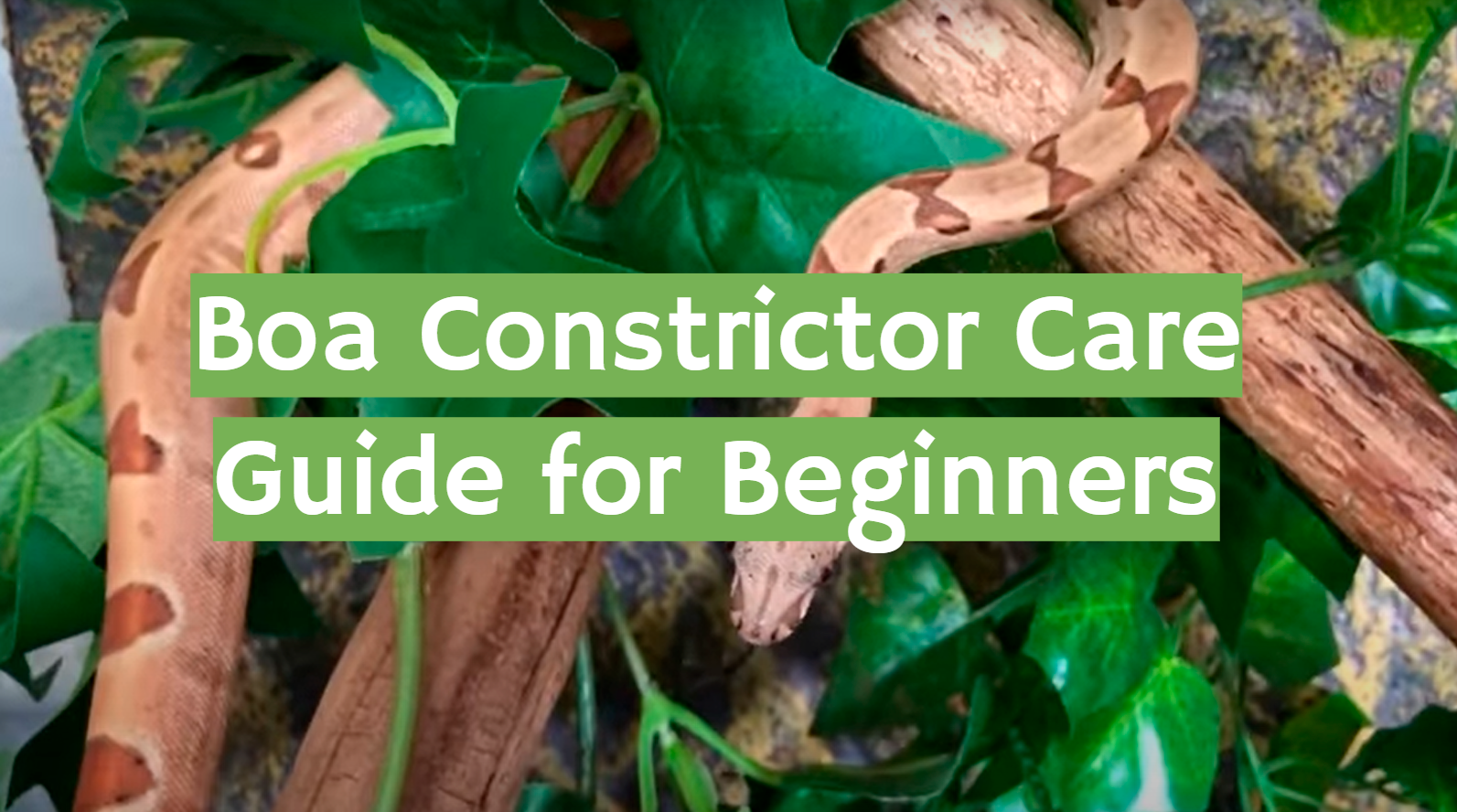
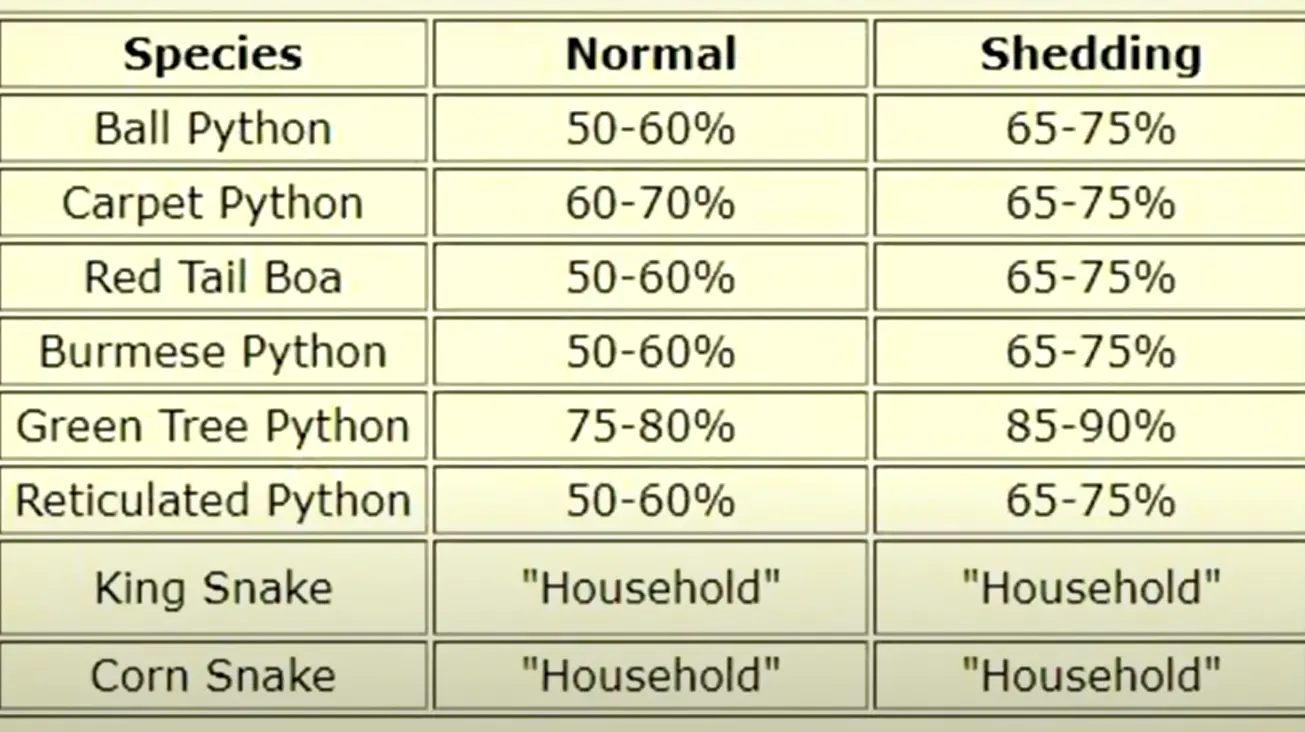
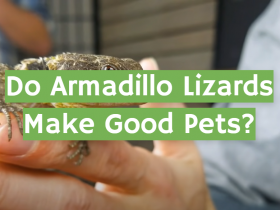
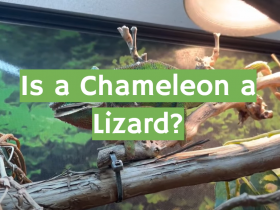
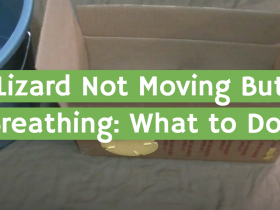

Leave a Review